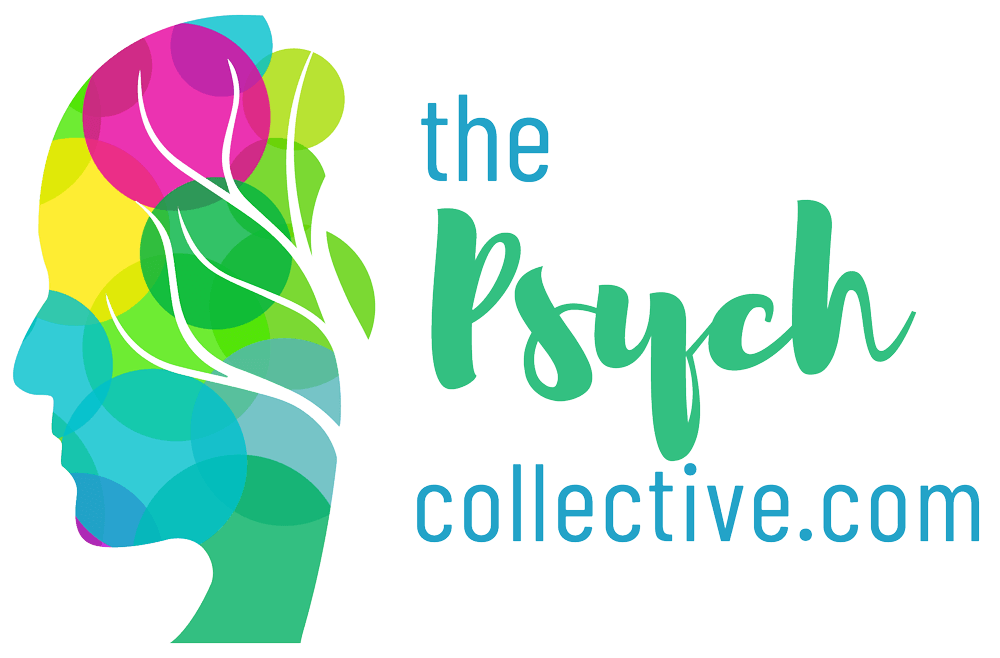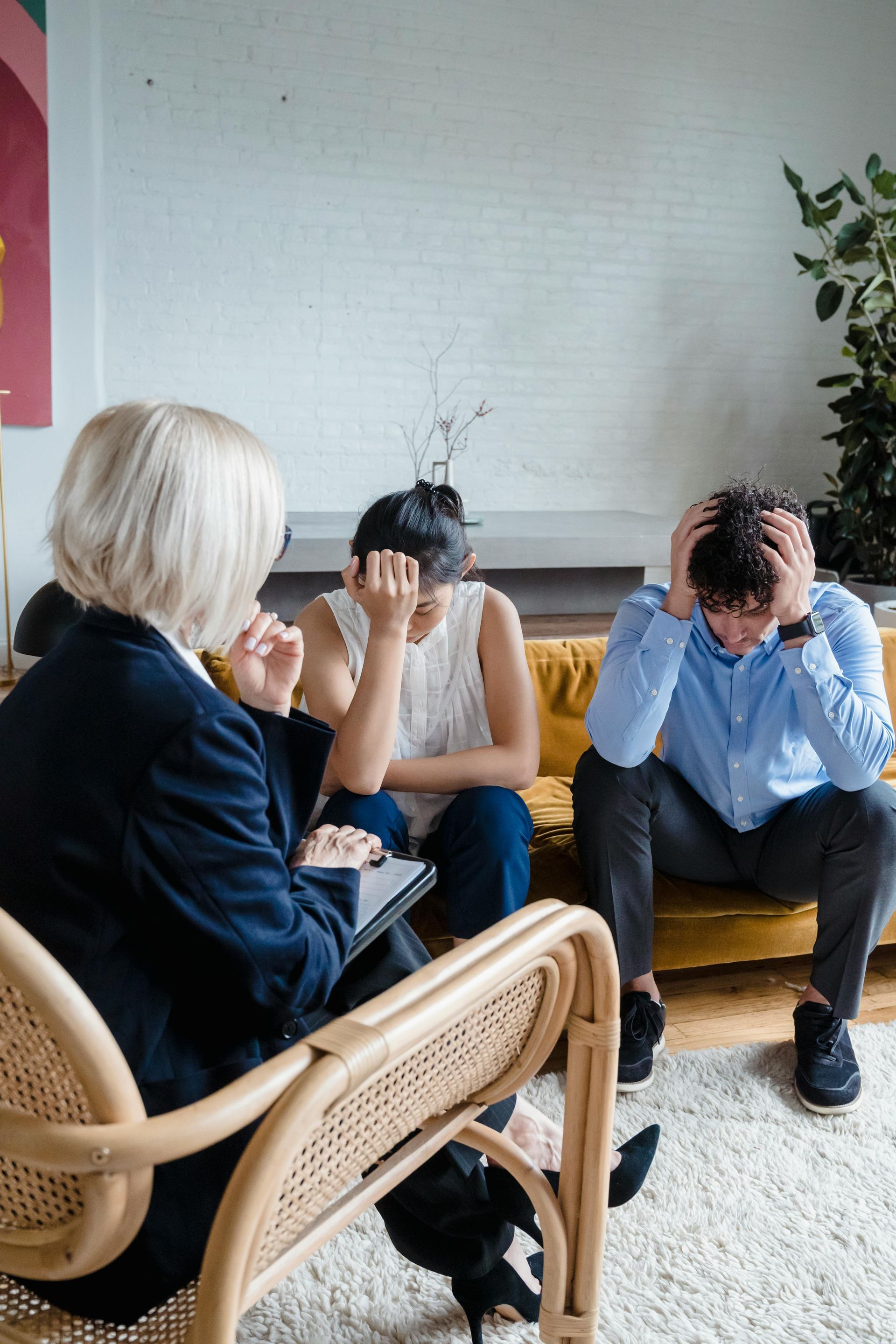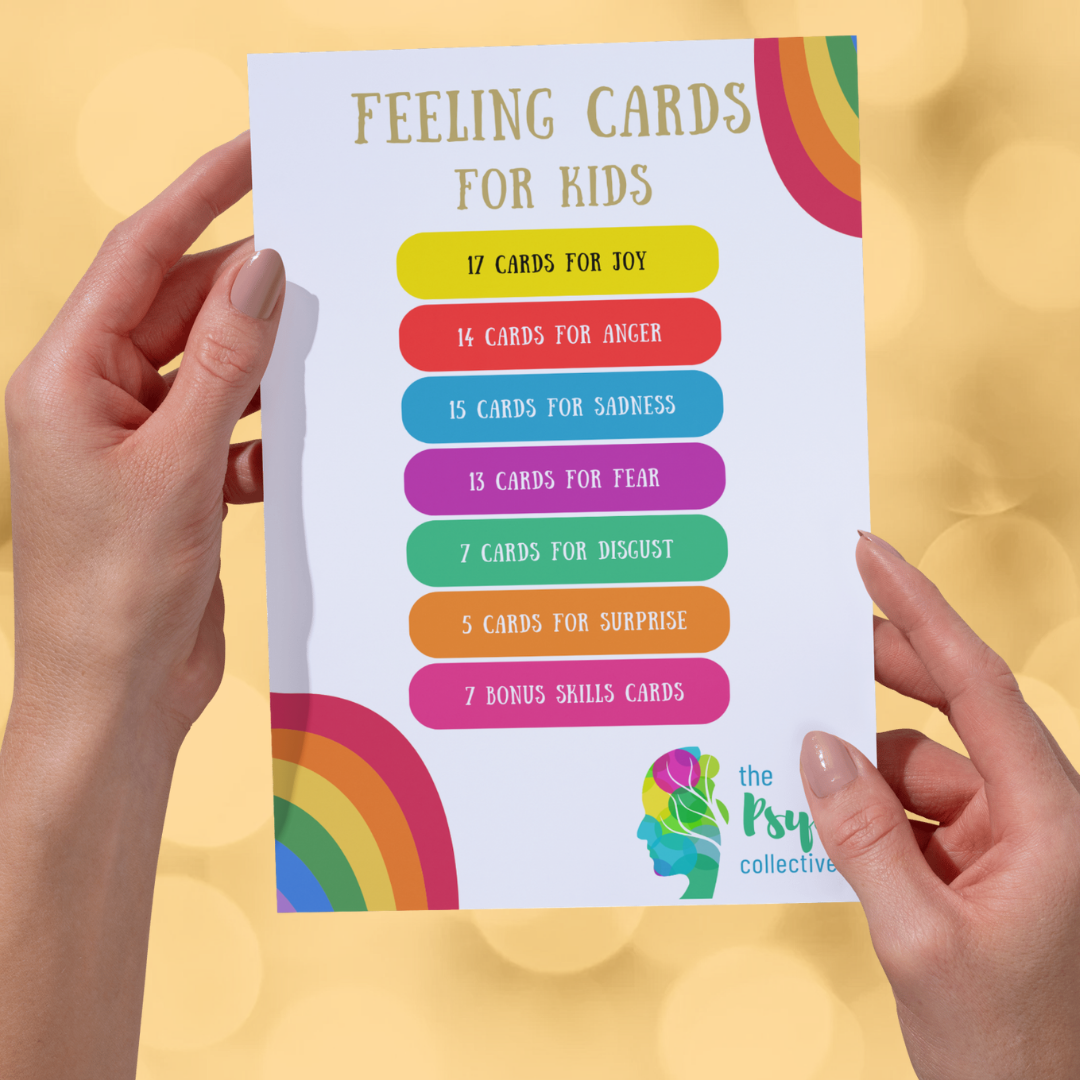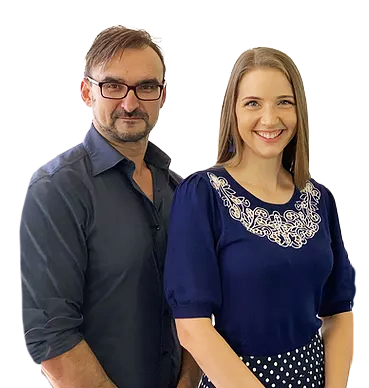Sleep Levers
How to make yourself sleep
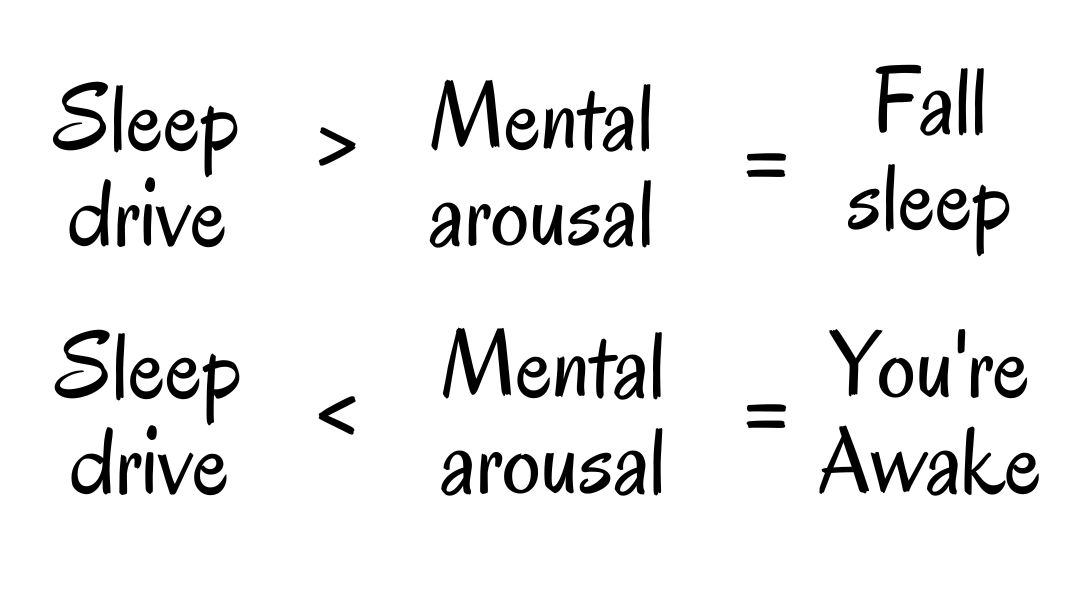
Sleep comes down to a very simple formula. If your sleep drive (the feeling of being tired and ready for sleep) is greater than your mental arousal, then you will fall asleep. If your mind to too busy and your mental arousal is greater than your sleep drive, you will stay awake.
In this post, we will talk about the four things you can control to put yourself to sleep. We call these levers, which you can pull on to modify your sleep drive and your arousal. It's pretty simple. We want your sleep drive to increase and your mental arousal to decrease.
Sleep Drive = Tiredness = Adenosine
Adenosine is the compound which accumulates in your body while you are awake. The longer you are awake, the more it builds up and the more tired you feel. While you are sleeping your body breaks it down faster than you make it, so when you wake in the morning after a good sleep you have low adenosine.
Action: Get up early so you will have accumulated more adenosine by bedtime, making you more tired.
Adenosine can also be increased through physical activity Our body stores energy in our cells in a form called Adenosine Triphosphate (ATP). When we engage in exercise, this energy breaks down, releasing some adenosine. You may have noticed this after a big day of activity, like a long run or walk, a big day or gardening or moving house. The more energy you consume, the more tired you feel. That is because of adenosine.
Action: Increase your physical activity throughout the day to make yourself feel more tired at night.
Caffeine is an adenosine-blocker. Many of us will drink caffeine when we feel tired because it perks us up. It does that by blocking the effects of adenosine in our system. This can be effective in the morning if you didn't sleep enough and have residual adenosine but it is counterproductive at bedtime. Many people may have a high tolerance to caffeine and believe they can have a cup before bedtime and not be impacted, but EEG studies show the negative impact of caffeine on sleep quality and depth.
Action: No caffeine after midday. This includes coffee, tea, chocolate, cola drinks, and energy drinks. This will allow the caffeine time to wear off and the adenosine to take over so you can fall asleep.
Sleep Drive = Readiness for Sleep = Melatonin
Melatonin is the hormone that prepares your body for sleep. It does not put you to sleep (that's adenosine). Melatonin is like the night shift coming into your brain and starting the wind-down processes so that when sleep comes, your brain is prepared. The release of melatonin is triggered by the changes in light in your environment. There is a part of your brain called the Suprachiasmatic Nucleus (SCN) situated above the optic chiasm. It works like the light sensor in cars that have auto-headlights. When the light becomes dim enough, the SCN triggers the release of melatonin from the pineal gland and the night shift gets to work. Certain cognitive processes are slowed or turned off and the body also goes through a shut-down process, preparing for other processes to engage, like immune restoration, muscle growth and taking out the trash of metabolic waste.
Action: Keep the light as dim as possible two hours before bed. Use dimmer switches or lamps with warm white globes to create a soft glow. Salt lamps and candlelight are the ideal colours for evenings.
Action: Ensure you have blue light filters on your screens, including phones, tablets and laptops to reduce blue light exposure that will confuse your SCN to think it is still daylight.
Action: To stop melatonin and start the day shift, make your room bright when you first wake up. Open all curtains and sit outside or near a window when you have breakfast or your morning coffee, so you get at least 10 minutes of sunlight right into your eyeballs so the SCN can tell the pineal gland to stop releasing melatonin.
Action: While melatonin is stored and released from the pineal gland, it is made from the foods that we eat. Melatonin (and serotonin) are both derived from protein. So to ensure that you are making enough melatonin, you need to ensure you are eating protein-rich foods, especially those high in tryptophan.
Mental Arousal = Alertness = Noradrenaline
Noradrenaline (or norepinephrine in the USA) is the arousal neurotransmitter. It is linked to the hormone of adrenaline that circulates in our body when you are stressed or on alert. Noradrenaline is released when you perceive a threat, are highly stressed or worried about something, or have a strong emotional reaction such as to a trauma cue or nightmare.
This is often experienced as tension, agitation or restlessness at night when you go to bed and you can't sleep because your mind is busy ruminating or catastrophising, keeping you awake.
Action: If you have been stressed or worried about something during the day you need to deal with your mental arousal before you go to bed. Try our worksheets on Clear Your Head Before Bed or Order Your Chaos with Four Buckets.
Action: If you had heightened physiological arousal during the day (e.g. panic attack, intrusive memory or felt 'triggered', then you need to reduce your body's arousal by using Autogenic Training, PMR, Body Scan, Breathing or Yoga.
Substances = Interference
When faced with sleep problems, many people may turn to substances. Alcohol is well-known for its sedating properties, and some people feel that it "takes the edge off" the worrying thoughts or physical agitation that is keeping them awake. There are three main problems with this. First, once you fall asleep, the alcohol is metabolised so the sedating effect wears off and a rebound effect in the second half of the night means people will wake again. Second, alcohol is a REM sleep suppressant, so it negatively impacts your sleep architecture, so you have less restorative sleep, often waking more tired. Thirdly, alcohol has a strong addictive component for many, meaning people become dependent on it to sleep and suffer from weight gain, brain health impacts, and metabolic problems and thus do not learn alternative and more skilful methods of getting to sleep.
Action: Don't rely on alcohol for sleep. If you are drinking socially, then no more than two alcoholic drinks in the evenings and have at least four days per week alcohol-free.
Sleep medications like benzodiazepines (temazepam, lorazepam or diazepam, etc.) and "Z drugs (zopiclone, zaleplon and zolpidem) disrupt sleep architecture. Benzodiazepines are a REM sleep suppressant and will reduce the amount of Stage 3 and 4 non-REM sleep, resulting in non-restorative sleep. They are used in the short-term management of insomnia and should not be taken for more than two weeks. Tolerance and dependence are common in long-term use.
Action: Talk to your doctor about reducing medications and start implementing better sleep hygiene strategies so you can get to sleep without relying on your medication. Especially by dealing with the thoughts that are keeping you awake. Once you are confident in your skills, then consult your doctor to stop taking sleep medications altogether. Remember #SkillsBeforePills.
Like what we have to say here? Download the free handout from our Resources Page.
Also you can watch this video to hear us talk about Sleep Levers in more detail.
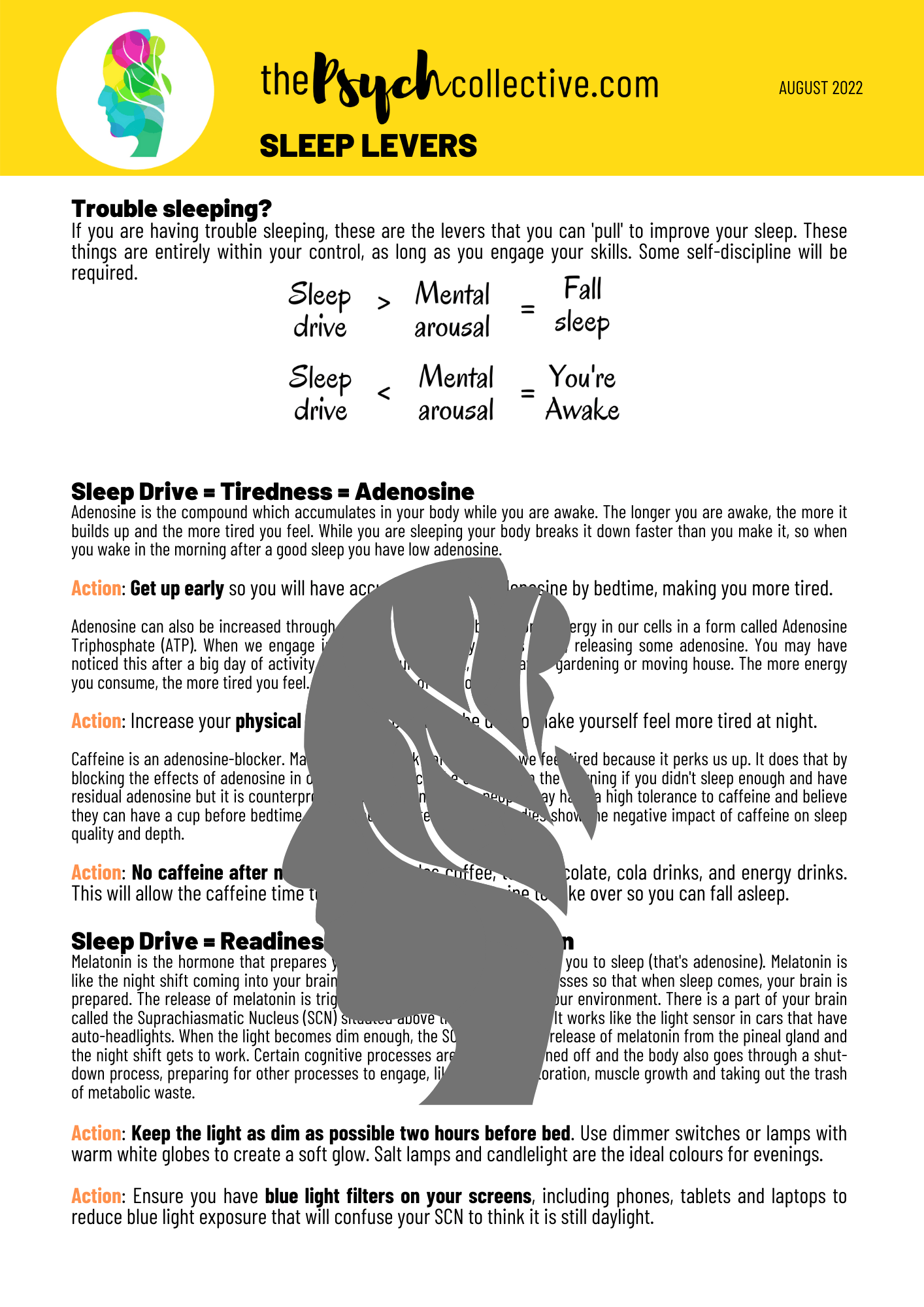
Share
Categories
About Our Resources
We offer actionable resources and teach real skills to help people make meaningful change in managing mental health issues through different modes depending on people's learning preferences including infographics, text, worksheets, handouts and video.
